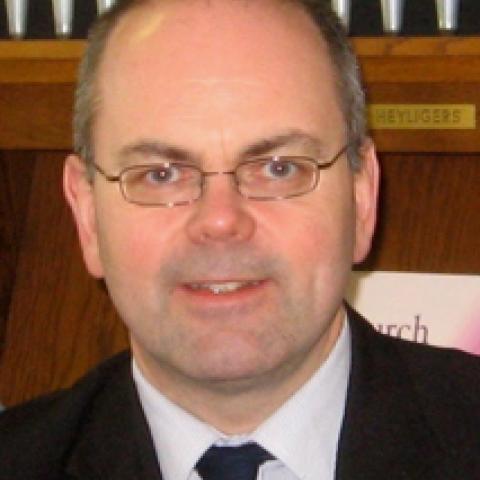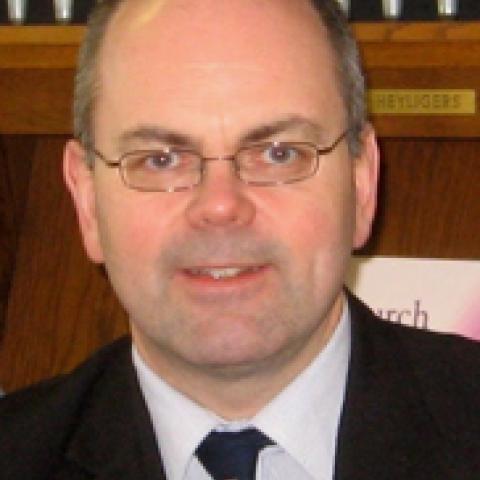
Cor Edskes, organologist, leader in the organ reform movement and historic organ restoration in Europe, and former editor of Het Orgel, died September 7, 2015, in Groningen, the Netherlands. Further information and tribute will be published in a future issue of The Diapason.
Thomas R. Rench of Racine, Wisconsin, died on November 28, 2015. He was 85. Born February 11, 1930, in Racine, he entered the Massachusetts Institute of Technology in 1948 to study aeronautical engineering but was drafted for service in the Korean War. Rench earned a bachelor’s degree in mechanical engineering at Miami University, Coral Gables, Florida, in 1956, a master of science in mechanics degree at Illinois Institute of Technology, Chicago, in 1960, and a degree at Miami University of Ohio, after which he spent a year on that school’s faculty. While working in the engineering field, Rench also did occasional work for organbuilders. In 1982, he established his own organbuilding firm in Racine, building and restoring organs until his retirement in 2005. Thomas Rench is survived by his wife, Marilyn Stulken; children Alan and Mary Rench of Byers, Colorado; Evan Rench of Louisville, Kentucky; Eric and Bobbi Rench of Kenosha, Wisconsin; and Kari Eschmann of Racine, seven grandchildren, and former wife, Bobbie Williams.
Christopher Tambling, composer, organist, and former director of music at the Benedictine Downside Abbey and at Downside School near Bath, England, died in Wells on October 3, 2015. He was 51. Following studies at Canterbury Cathedral and St. Peter’s College, Oxford, Tambling taught at various schools in England and Scotland before being appointed at Downside in 1997. He also served as organist at Downside Abbey and leader of several instrumental ensembles and as Master of the Schola Cantorum of Downside Abbey. A composer, arranger, and editor, particularly of choral and organ music, Tambling’s works were published by Kevin Mayhew in Britain and Dr. J. Butz in Germany. Tambling also edited Masses by Charles Villiers Stanford and Richard Runciman Terry, and received numerous commissions from Germany; often these led to large-scale premieres. September 2014 saw the first performance of his Missa brevis in B flat, sung by 1,400 singers on Diocesan Children’s Choirs Day in the Marienkirche, Landau, and of the Schönstatt-Jubiläumsmesse, which was heard by over 10,000 churchgoers in Vallendar. Christopher Tambling is survived by his wife Sara and his sons Edward and Benjamin. ν





